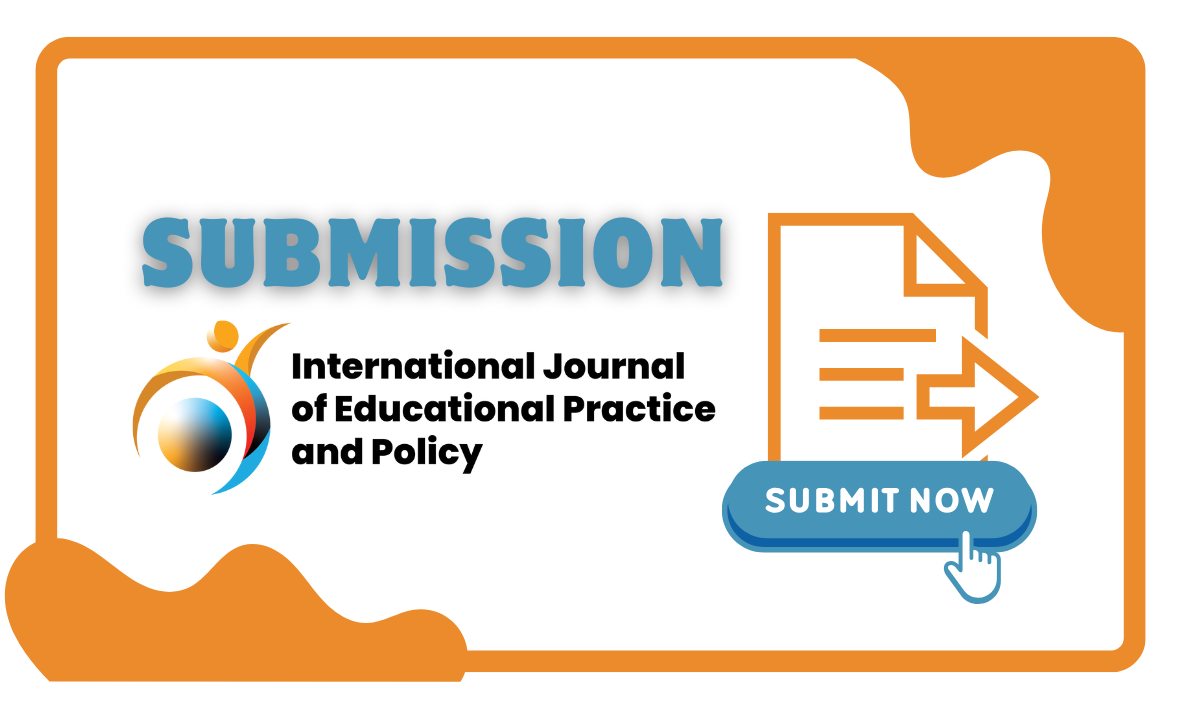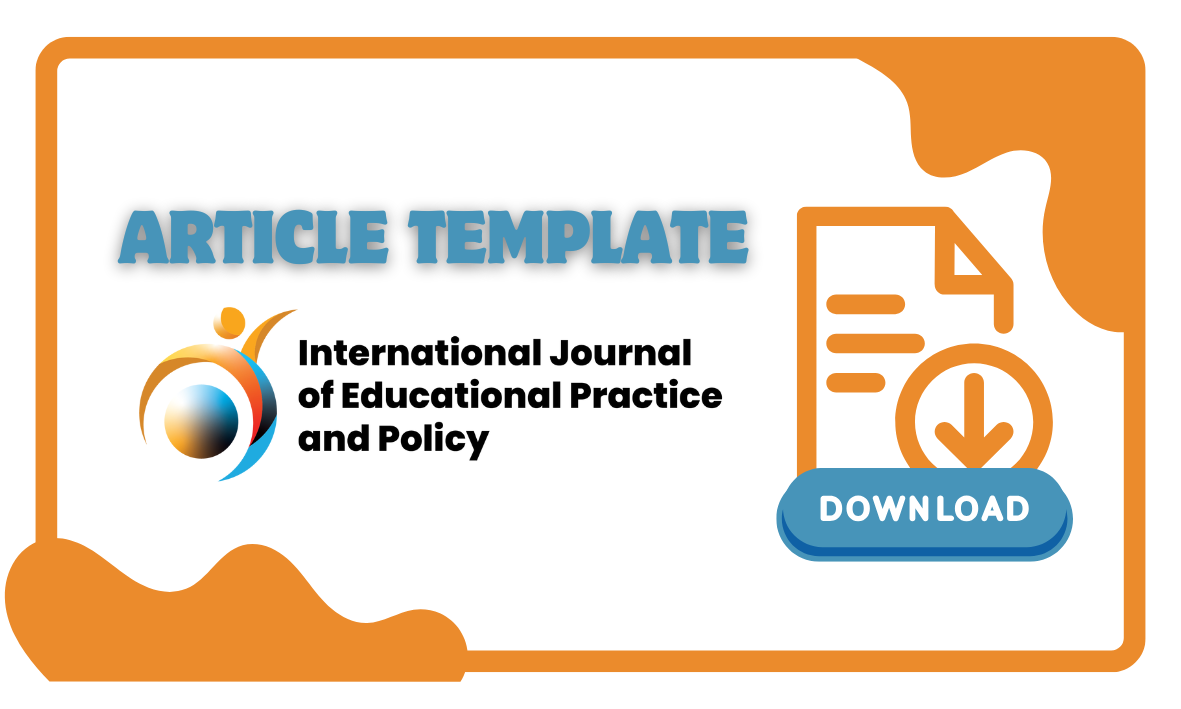Gadget Use Habit by Primary School Students in the Post-Pandemic Covid-19
DOI:
https://doi.org/10.61220/ijepp.v1i2.0236Keywords:
Gadgets, Students, Covid-19 pandemicAbstract
The purpose of this study is to examine elementary school students use of electronics following the Covid-19 epidemic. The descriptive quantitative research approach was applied. Questionnaires were provided to primary school children to collect data. The study was conducted in Tanjung Mulia Village, using 20 elementary school students as participants, and a sample technique called Simple Random sample was used. The data collecting approach used in this study is a closed questionnaire. The instrument is used by respondents through picking alternative answers that match their view or decision. In this study, descriptive data analysis is used to interpret the data gathered from questionnaires. According to the findings of the survey, the majority of elementary school students choose to use devices for amusement purposes such as playing games, viewing or listening to music, and excessively accessing social media without time limitations, rather than for study and school purposes. The use of gadgets as a source of learning and pleasure must be done with adequate supervision, such as restricting gadget usage time, managing gadget use exclusively on beneficial, educational apps, and accompanying and leading children.
References
Anggraeni, S. (2019). Pengaruh pengetahuan tentang dampak gadget pada kesehatan terhadap perilaku penggunaan gadget pada siswa SDN Kebun Bunga 6 Banjarmasin. Faletehan Health Journal, 6(2), 64–68. https://doi.org/10.33746/fhj.v6i2.68
Duli, N. (2019). Metodologi penelitian kuantitatif: Beberapa konsep dasar untuk penulisan skripsi & analisis data dengan SPSS. Deepublish.
Galingging, C. I., Pratiwi, D. S., Amaliah, D., Ananda, E., Mubarak, M. Z., Ilmi, R. B., & Asyifa, S. (2022). Dampak penggunaan gadget terhadap prestasi belajar siswa MAN 3 Medan di masa pandemi COVID-19. Jurnal Handayani PGSD FIP Unimed, 13(1), 14-20. https://doi.org/10.24114/jh.v13i1.35871
Haetami, Z. A. (2023, November). Gadget usage intensity on students' concentration in English language learning. In Proceeding of Annual International Conference on Islamic Education and Language (AICIEL) (pp. 239-257).
Handayani, O. W. K., Yuniastuti, A., Abudu, K. O., & Nugroho, E. (2021). Gadget addiction and the effect of sleep habit, stress, physical activity to obesity. Malaysian Journal of Public Health Medicine, 21(1), 1-8.
Mariyama, M., Lestari, I. P., & Sari, I. P. (2023). Pengaruh intensitas dan jenis pemakaian dalam penggunaan gadget terhadap tingkat emosional pada anak usia sekolah. Indonesian Journal of Nursing and Health Sciences, 4(2), 113-120. https://doi.org/10.37287/ijnhs.v4i2.1564
Mabaroh, B., & Sugianti, L. (2021). Gadget addiction and the students’ achievement. International Journal of Social Learning (IJSL), 1(3), 321-332.
Mayenti, N. F., & Sunita, I. (2018). Dampak penggunaan gadget terhadap perkembangan anak usia dini di PAUD dan TK Taruna Islam Pekanbaru. Photon: Jurnal Sain dan Kesehatan, 9(1), 208-213. https://doi.org/10.37859/jp.v9i1.1092
Meo, F. I., Tuti, T., & Ilinawati, I. (2021). Gadget utility used by elementary school students for online learning. Journal of English Educational Study (JEES), 4(2), 157-162.
Noor, S., Haseen, F., Tomal, L. A., & Noor, N. (2020). Assessment of electronic gadgets use and its effects on daily life and health of primary school children. Journal of Preventive and Social Medicine, 39(1), 78-87.
Novrialdy, E. (2019). Kecanduan game online pada remaja: Dampak dan pencegahannya. Buletin Psikologi, 27(2), 148-158. https://doi.org/10.22146/buletinpsikologi.47402
Rahmat, N. N., Munawir, A., & Bukhori, S. (2017). Duration of gadget usage affects eye fatigue in students aged 16-18 years. Health Notions, 1(4), 335-340.
Rachman, A. S., KHB, M. A., & Setianingsih, E. S. (2020). An analysis of the use of gadget on students' learning outcome (case study). International Journal of Elementary Education, 4(4), 558-565.
Siahaan, M. (2020). Dampak pandemi COVID-19 terhadap dunia pendidikan. Jurnal Kajian Ilmiah (JKI), 1(1), 73-80. http://ejurnal.ubharajaya.ac.id/index.php/JKI
Stevanus, I., & Parida, L. (2023). The impact of gadget usage on the social and linguistic development of primary school students. International Journal of Online & Biomedical Engineering, 19(11).
Sugiyono. (2015). Metode penelitian kuantitatif, kualitatif, dan R&D. Alfabeta.
Sugiyono. (2018). Metode penelitian kuantitatif. Alfabeta.
Syifa, L., Setianingsih, E. S., & Sulianto, J. (2019). Dampak penggunaan gadget terhadap perkembangan psikologi pada anak sekolah dasar. Jurnal Ilmiah Sekolah Dasar, 3(4), 527–533. https://doi.org/10.23887/jisd.v3i4.22310
Yohana, A., & Mulyono, S. (2021). The impact of digital era: Intensity of excessive use of gadget causing eating difficulty on children. Enfermería Clínica, 31, S6-S9.
Yulaihah, A. (2018). Hubungan perilaku penggunaan gadget dengan tingkat daya lihat anak usia prasekolah di TK ABA Tegalrejo Yogyakarta. (Doctoral dissertation, Naskah Publikasi Fakultas Ilmu Kesehatan Universitas Aisyiyah Yogyakarta). http://digilib.unisayogya.ac.id/id/eprint/4299
Downloads
Published
Versions
- 2025-12-04 (2)
- 2023-12-31 (1)
Issue
Section
License
Copyright (c) 2024 Oktavia Marageta, Yusnadi Yusnadi (Author); muhammad takwin machmud (Translator)

This work is licensed under a Creative Commons Attribution-ShareAlike 4.0 International License.










 Email :
Email : 